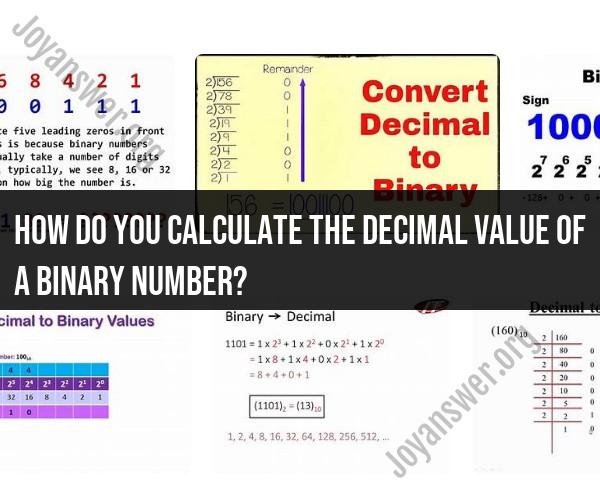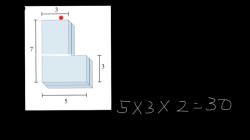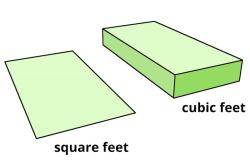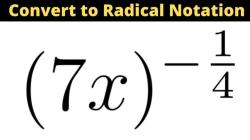How do you calculate the decimal value of a binary number?
To calculate the decimal value of a binary number, follow these steps:
Write Down the Binary Number: Start with the binary number you want to convert to decimal. A binary number consists of only two digits, 0 and 1.
Assign Positional Values: Assign positional values to each digit in the binary number, starting from the right and increasing by powers of 2 to the left. The rightmost digit (the least significant bit) is assigned a positional value of 2^0, the next digit to the left is assigned 2^1, the next is 2^2, and so on.
For example, for the binary number "1101," assign positional values as follows:
- 1 * 2^3 (leftmost digit, which is 1)
- 1 * 2^2 (next digit to the left, which is 1)
- 0 * 2^1 (next digit to the left, which is 0)
- 1 * 2^0 (rightmost digit, which is 1)
Calculate: Multiply each digit in the binary number by its assigned positional value and sum these products to get the decimal equivalent.
Using the example "1101":
- (1 * 2^3) + (1 * 2^2) + (0 * 2^1) + (1 * 2^0) = 8 + 4 + 0 + 1 = 13
So, the binary number "1101" is equivalent to the decimal number 13.
Here's a general formula for converting a binary number (b_n-1 b_n-2 ... b_2 b_1 b_0) to decimal:
Decimal = b_n-1 * 2^(n-1) + b_n-2 * 2^(n-2) + ... + b_2 * 2^2 + b_1 * 2^1 + b_0 * 2^0
Where:
- Decimal is the decimal equivalent.
- b_n-1, b_n-2, ..., b_2, b_1, b_0 are the binary digits, with b_n-1 being the leftmost (most significant) digit and b_0 being the rightmost (least significant) digit.
- n is the number of digits in the binary number.
Using this formula, you can convert any binary number to its decimal equivalent by evaluating the powers of 2 for each digit and summing the results.












